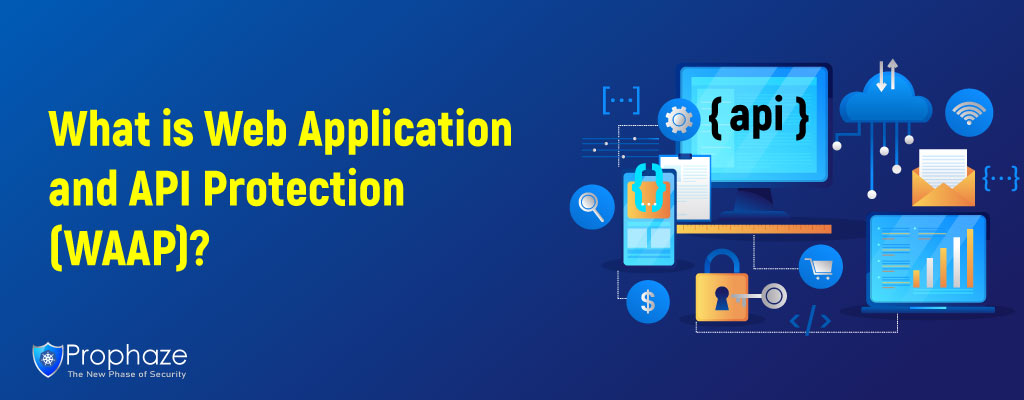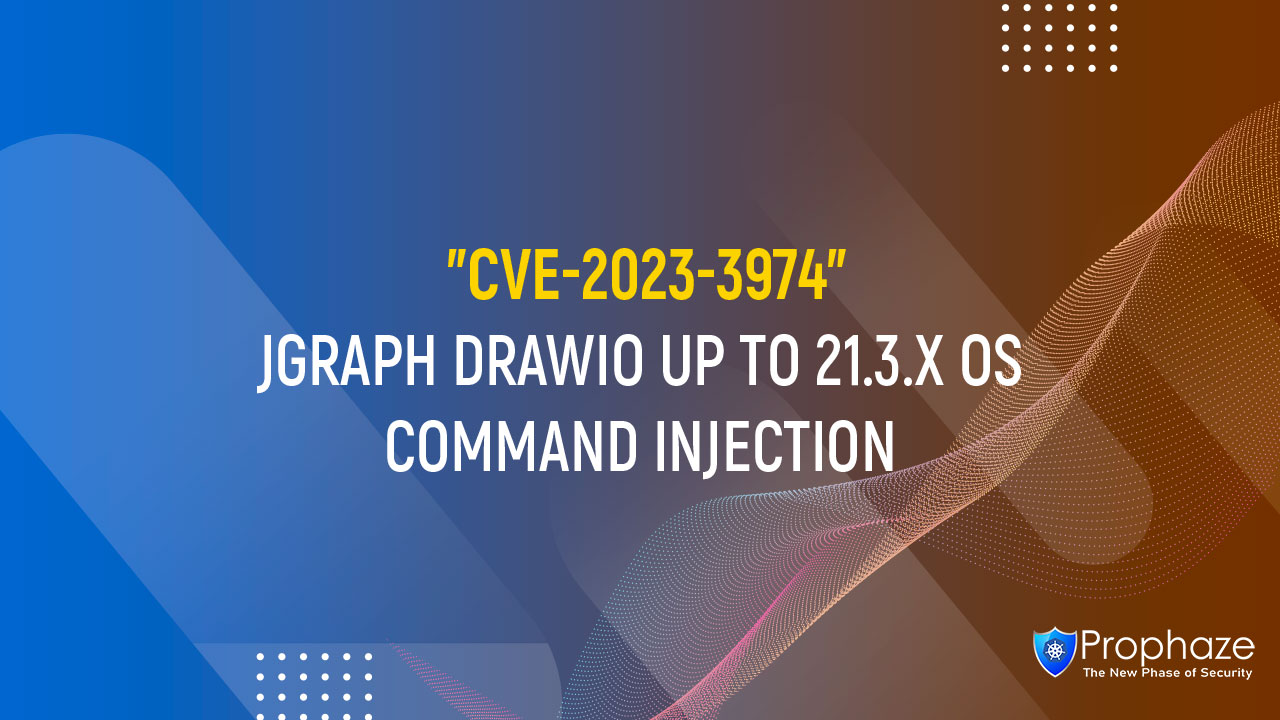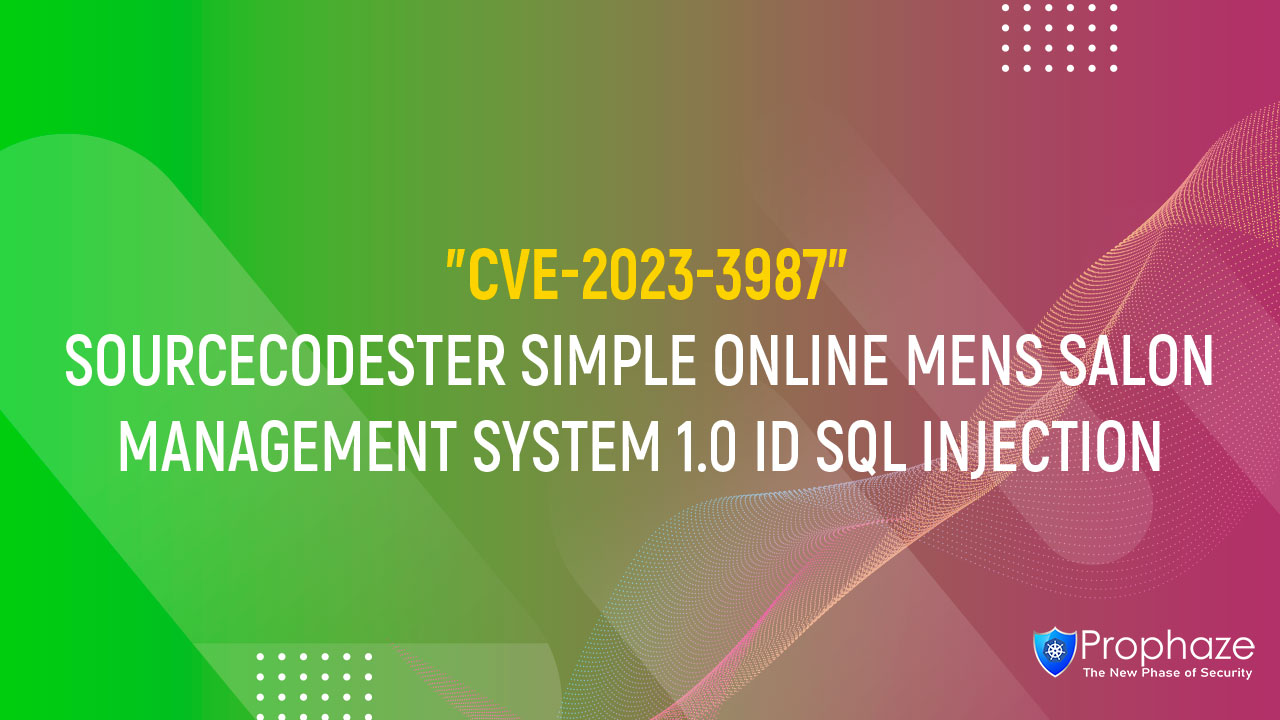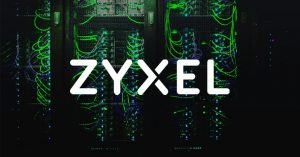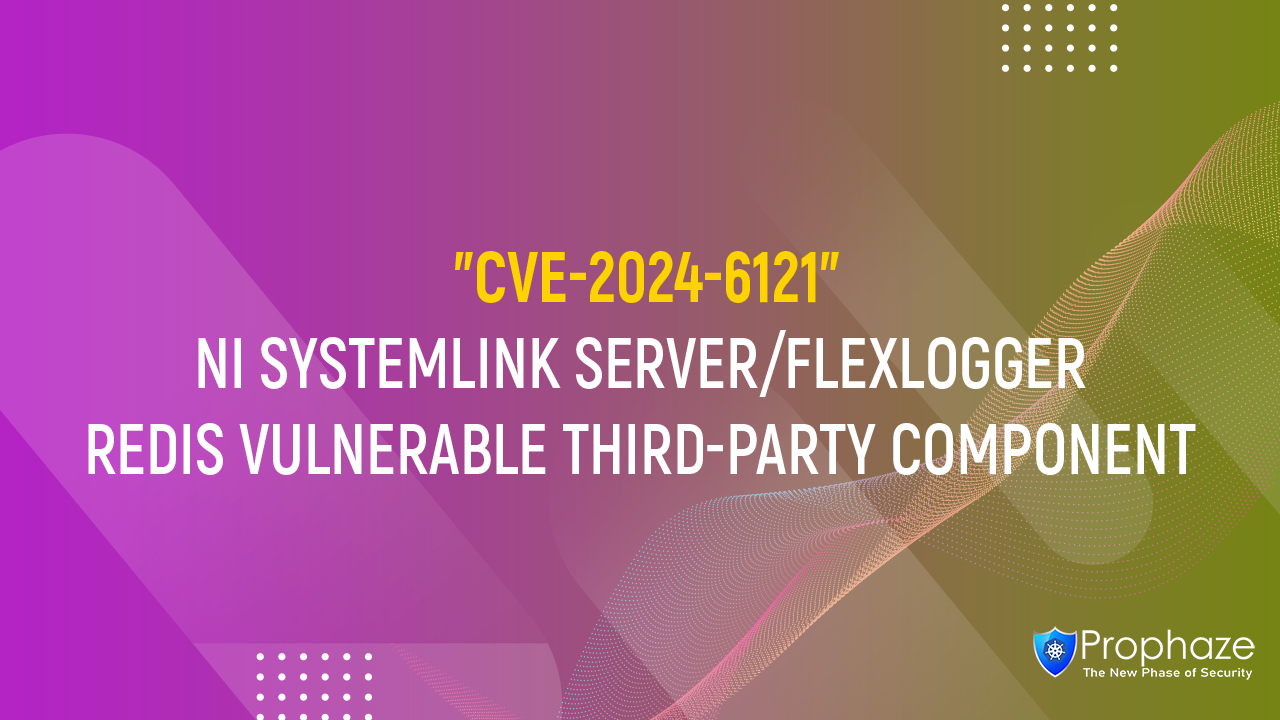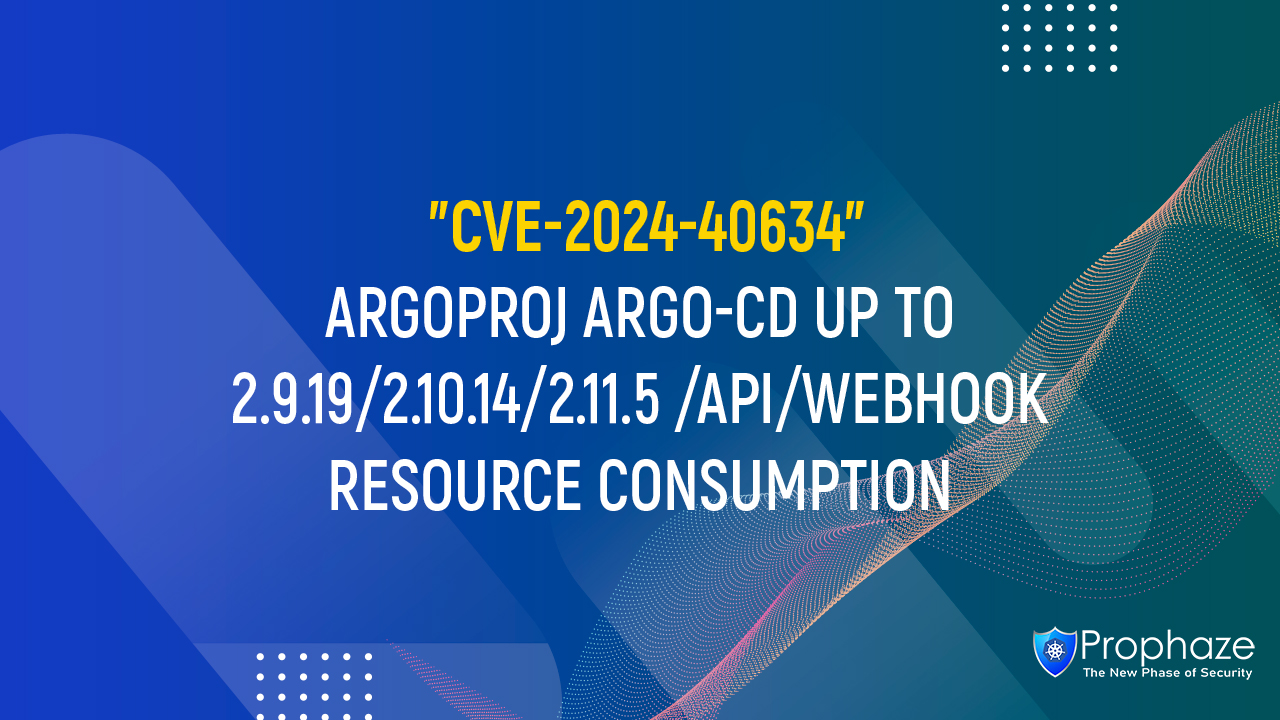What is the Meaning of WAAP?
Web applications are a centrepiece of the cloud infrastructure for many corps. A web application is a program that users can access via a web browser, and it may even provide programmatic entry to the application’s key abilities via application programming interfaces (APIs). For this cause, web applications are not only paramount to cloud services but also present a serious set of performance and safety challenges.
WAAP means any suite of cloud-based services designed with the protection of APIs and web applications as their primary goal according to Gartner analysts engineers Adam Hils and Jeremy D’Hoinne who first coined the term.
Cloud web application and API protection services offer multiple security models, based on a multi-tenant, auto-scaling cloud infrastructure. Cloud WAAP security core features include API protection, bot mitigation, protection against DDoS, and web application firewalls WAFs.
What is the Importance of WAAP?
APIs and web applications are a primary target for attackers because they provide access to sensitive data and are available via the public Internet. WAAP is essential because traditional security solutions don’t protect these applications effectively.
WAF vendors are enhancing their cloud WAF tools and services as enterprise web applications evolve by meeting WAAP requirements. There are several reasons why traditional solutions fail to effectively protect web applications:
Port-based blocking is ineffective
Traditional firewalls filter traffic based on ports and protocols in use. However, attackers use the same web ports and protocols as users—such as HTTP(s)—against web APIs and web applications so using this method to filter out malicious traffic alone is unfeasible. To distinguish legitimate traffic from potential attacks against web applications and APIs, a more granular level of inspection is required.
Signature-based attack detection also fails
Threats to web applications change continuously, making signature-based solutions unscalable. WAAP solutions help organizations stay ahead of an application security threat environment that is developing with real-time insights and continuous self-learning.
Encrypted traffic review is necessary
Over half of all current web traffic utilizes TLS encryption, which boosts privacy but offers a challenge for noticing malicious content such as malware. WAAP solutions can recognize malicious content and susceptible data concealed in encrypted traffic as they review TLS links.
HTTP traffic is complicated
Web apps are concerned, and cybercriminals disguise malicious content utilizing this class of complexness. Traditional intrusion detection and prevention methods (IDS/IPS) present inferior tools for protecting against these threats.
Cloud hosting architecture is prevalent
This presents greater advantages, especially when web applications aid users across disparate geographic regions, minimizing possible latency and bottlenecks. This again drives solution providers to deliver cloud-native application protection solutions.
Positive safety models have not been sufficient
WAF technology has required heavy manual tuning and formatting, instead of learning automatically in real-time to create usable parameters and allow lists for URLs automatically.
However, there are vendors like Prophaze which offer WAF with AI integration.
Everyday web applications alter often
DevOps and agile methods suggest that everyday APIs and web applications are consistently in flux. The manual tuning and custom rule creation that traditional WAFs demand is not well suited to the way that applications constantly and quickly evolve.
A multi-cloud approach is necessary
Each cloud provider uses a distinctive architecture and presents distinct characteristics. To accomplish adequate security controls, organizations working across numerous clouds need to knit an intricate matrix of cross-provider capabilities. Cloud-based WAAP services are more adapted to a multi-cloud strategy and environment.
A few stats to back up the above points:
According to Gartner, 40% of institutions will appoint their WAAP provider based on advanced API protections, as well as web application protection characteristics by 2026.
According to Gartner by 2026, additionally, 40% of institutions with consumer-facing applications that originally depended only on their WAAP for bot mitigation will pursue further abnormality detection technology from specialized providers.
According to Gartner by 2024, 70% of institutions enforcing multi-cloud systems for web applications in production will favour cloud WAAP services over WAAP appliances and IaaS-native WAAP.
How to Implement Web Application and API Protection (WAAP)?
There are several challenges to implementing WAAP web application and API security systems and tools. Concerns regarding lawful liability, cultural and regulatory restrictions and retro corporate pushback can all hamper the adoption of cloud WAAP services and other cloud-based security services. Finding enough shared basis between the funding and the pricing model and SLAs of possible providers is another key hurdle.
Another susceptible area is the requirement to allow a third-party cloud solution to address application private keys, decrypt TLS links, and log susceptible client data, which might fall under the purview of data residency conditions.
Any cloud WAAP solution embraced by an institution ultimately has to be incorporated into the existing incident reaction workflow. The ease or possibility of this will be based on which security report and event administration (SIEM) tool is already in location.
Along these lines, technical architecture offers an added challenge, particularly for custom WAAP services that are not made on regular WAF solutions. These WAAP solutions can skip out on SIEM and application security testing (AST), and other integration with the enterprise ecosystem. Many also offer to format and log limited retention options. Cloud consoles for WAAP monitoring may not offer access to logs in real-time.
Ultimately, solution maturity is a factor in how effective cloud WAAP services are. Many are overlooking some key elements WAF devices supplied, such as cookie signing, form protection, and cross-site request forgery (CSRF) tokens. For institutions exploring a lift-and-shift means for tackling their cloud application security strategy challenges, this slows uptake, because they are already using these other procedures.


